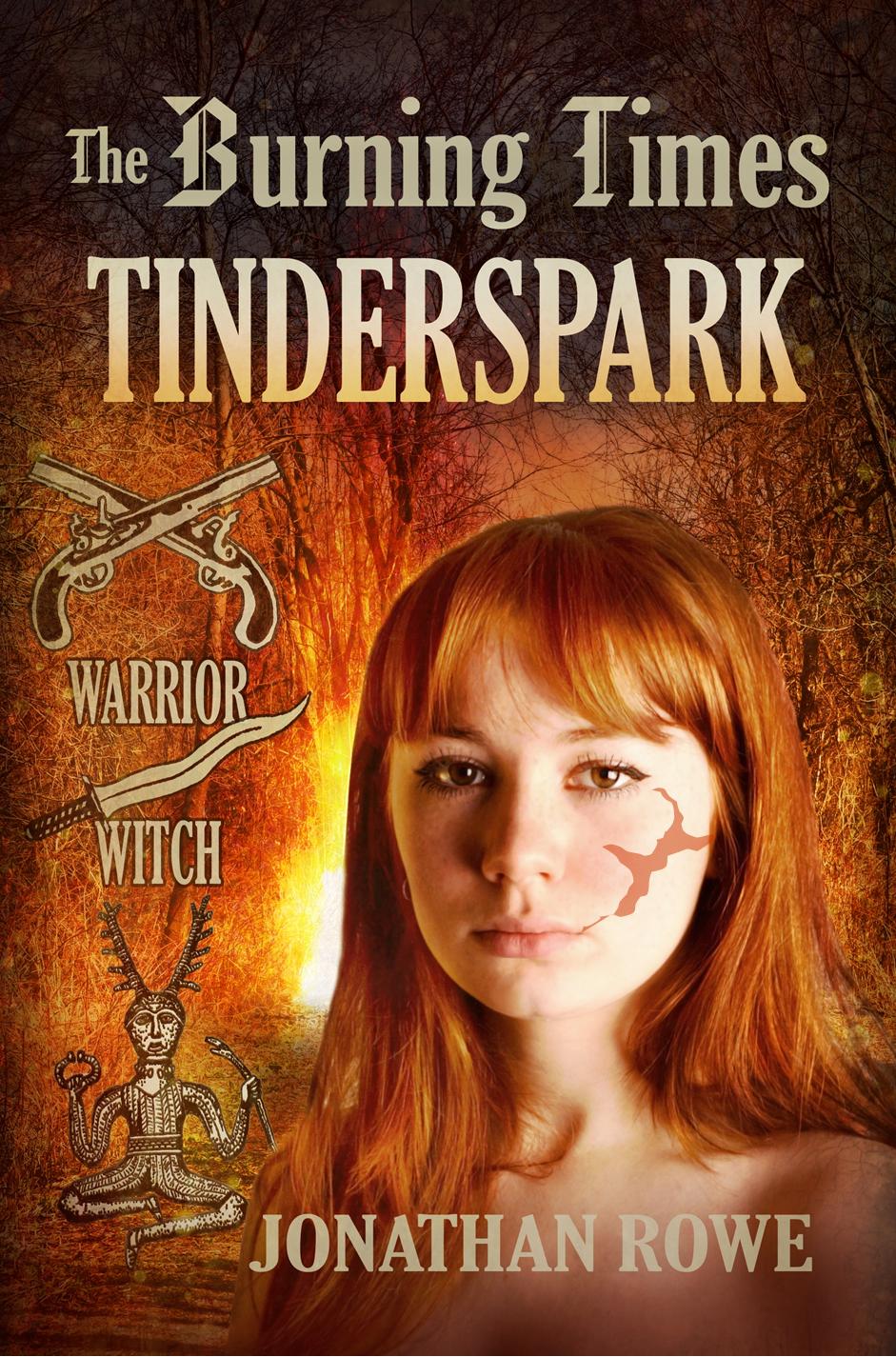|
Equipment lists were features of RPGs right from the outset. In D&D, they stayed fairly standard, offering distinctive dungeoncrawling tools like 10' poles, mirrors, torches, tinder boxes and garlic buds. Forge follows the conventions of D&D slavishly: the equipment list is a clone of that presented in D&D, streamlined somewhat with the non-dungeoneering stuff left out: no barges or galleys, no different types of horses, no barding or saddles (despite the presence of Mounted Melee skills and rules), no tapestries, no songbirds. The only list that gets expanded is musical instruments (an oddity) and varied prices for different sizes of armour (a rare oversight in AD&D). The armour follows the canonical D&D progression from padded to leather and studded leather, ring mail to chain mail and ultimately plate armour. Ron Edwards (2002) finds some comedy in the reverential repetition of the D&D tropes in games like this: "we older role-players memorized the weapons-list in the 1978 Player's Handbook through sheer concentration and fascination, such that its cadences took on a near-catechistic drone." But really, if it ain't broke, why fix it? The 'Miscellaneous Supplies' section of Forge's equipment list reads like a template for an adventure in itself: bedroll, grappling hook mallet, mapping supplies, mirror (small), rope (100' coil), spike (iron). There are promising first novels and movie screenplays that could be reduced to a list like this and if it doesn't get you through a dungeon then it's hard to imagine what else will. Forge even adopts D&D's immemorial mechanic for determining your PC's starting funds: rolls 3d6 and multiply by 10 to get your gold piece allowance. Fantasy Economics Some differences and distinctions emerge at this point: the prices. In general, things cost twice as much as in D&D and, down at the cheap end, the price hike is even bigger. For a D&D fighter with 100gp, you could buy ring mail (30gp) and a broadsword (10gp), maybe a shield (10gp) and short bow (15gp) with a quiver full of arrows (1gp plus 12sp) and you've still got over 30gp left to invest in backpacks (2gp) and those miscellaneous supplies. Good luck getting mileage like that in Forge. The ring mail alone is 90gp, the sword 25gp, the bow 25gp, the backpack 5gp: only the shield holds its old value at 10gp. Starting Forge characters are going to have to scale back their expectations. With those weapons, leather armour (30gp) just about breaks the bank; sir might prefer economical padded armour (10gp) if he wishes to avail himself of the miscellaneous supplies (all in for 25gp). For AD&D characters, padded armour is a badge of shame, the sort of thing you wear when there are rust monsters about. In Forge, it's the new normal. And did I forget to mention spell components? Minor Damage spell components cost 35-60gp, depending on the school of magic. And those are the cheap ones! Maybe re-think that broadsword... I don't mind the new economics. The last blog pondered what is supposed to motivate adventurers to seek treasure in a game where gold doesn't equate to experience. Here's a partial answer. Players will have to make several dungeon delves before they are rich enough to equip themselves in line with their aspirations. The diamond an Elementalist needs for Minor Protection Spells costs 280gp; a suit of plate armour costs 800gp, 1200gp if you're a Ghantu. That should keep you busy. It's interesting to try to map this economy onto the real world. Back in the '80s, Paul Vernon wrote an excellent series of articles for White Dwarf called Designing a Quasi-Medieval Society for D&D. Vernon constructs D&D economies around the 'Ale Standard' and calculates that, since a small beer costs 5 copper pieces in AD&D and 50p in the real world (HA-HAH! yes, this was 1982), we can conclude that a copper piece is 10p, a gold piece is £20 and work up from there. Vernon points out how pricey lanterns are at £240 but reminds us that fantasy economies are inflationary: gold is cheap because dungeon-robbing adventurers keep flooding the market with it. In AD&D, a pint of ale costs a silver piece, 10 coppers, so £1 - I'm not sure why Gary Gygax decided to make ale twice as expensive as beer (historically it was, if anything, the other way round) but ale turns up on the Forge price list too: a pint of ale costs 10 silver. I can't find anywhere in the Forge rulebook where it breaks down the currency, but judging from other prices it seems there are 100 silver to a gold piece. Let's say a pint of ale these days costs £5 (it's cheaper in Wetherspoons, I know, I know). If 10 silver equates to a fiver, then a Forge silver piece is 50p and a Forge gold piece is £50. Rolling 3d6 x10 for your gold, this means Forge adventurers go into their careers with a start-up fund of £5000, on average! Let's try some conversions. £40k for a suit of plate armour? That's like buying a good car, which seems about right. £1250 for a broad sword seems a fair price. £100 for a dozen arrows will make you more careful with them in future. £5 for a bowstring will give you twice the reason to curse when it snaps. £100 for hiking boots is pretty reasonable and £150 for fancy clothes makes me think Forge's tailors need to get unionised. £750 for a lantern is steep. Paying £1750 for that Manticore Spike to cast Beast Magic Damage Spells - and that's the cheapest of the spell components - makes you wonder if kids from poor backgrounds ever become Mages. You can calculate some other costs from this. A night's accommodation would cost 1gp, 2gp for somewhere fancy, 3gp for somewhere luxurious. You could eat in a cheap tavern for 10sp, or pay 1gp in a classy restaurant. The price list suggests a pint of wine costs £150, which suggests wine is a luxury in Juravia! Bind those wounds One distinctive feature of Forge is the availability of binding kits (3gp, £150) usable by anyone with the Binding Basic Skill. These can be used to heal 3hp lost to ordinary wounds. There's also Healing Root (6gp, a stonking £300), which heals 1d4 HP lost to any sort of damage. This makes Forge adventurers much less dependent on clerics in the party for in-dungeon healing. If you've got the money to load up on this sort of first aid, you can patch yourself up after most fights. And speaking of patching up... Repair that armour Another distinctive feature of Forge is the system for repairing armour using the Field Repair Basic Skill. A PC with that skill must own a Field Repair Case (10gp, £500) and use repair kits specific to each type of armour to do the work: a padded armour repair kit costs 50sp (£25), a chain mail kit costs 150sp (£75) and a plate mail kit costs 5gp (£250, wow!). There are no shield repair kits - the rules on p22 imply ring mail repair kits work for shields. The repairs are automatically successful: the kit gets used up and the repairs take 2 minutes per AP restored (p37). This means sewing up 10AP damage to a leather jerkin takes 20 minutes; riveting 40AP damage to a plate breastplate takes over an hour and a half. This is an invitation to Wandering Monsters, but if the tinkerer is repairing everyone's armour, the work could take several hours. Time for those Mages to get some sleep and restore some SPTS (5 per two hours of sleep, maximum 20 per day). This lends a delightful rhythm to a Forge dungeoncrawl: fight monsters, rest up and fix armour, fend of Wandering Monsters, then press on. It seems wrong, however, that all of the damage to armour can be repaired as long as the repair kits last out. Can you really restore leather armour reduced to 1AP tatters and shreds to its 20AP pristine glory, just by spending 40 minutes on it? Is two hours of labour enough to rebuild an entire suit of plate mail? It's tempting to house rule this. Field Repair can restore armour to the bracket above its current status, but no higher. This means that, if you have a suit of chain mail (5AR, 50AP) and it takes 27 damage (now 2AR, 23AP), you could repair it up to 40AP (4AR) but no higher. The remaining work has to be done in a proper workshop by someone with the Armourer Skill. This introduces inevitable deterioration into armour, no matter how many repair kits you bring along. This is an important consideration because, in the absence of any rules for encumbrance, wealthy PCs could theoretically load up with hundreds of repair kits. What, no encumbrance? There's no encumbrance. Quite early on, D&D wedded itself to a persnickety system of tracking encumbrance down to the smallest gold coin: chain mail is 300gp encumbrance, a broad sword is 75. A PC can carry 500gp without penalty and higher Strength extends this threshold. Everyone hated the constant book-keeping and delighted in magic armour (50% encumbrance) and bags of holding to bung the loot in and forget about it. Forge just never mentions encumbrance at all. The Speed characteristic on p5 makes no reference to how weighed down you are: with SPD 3 you can run 180 yards/minute (a stately 6mph), in or out of armour; with SPD 5 you're covering 340 yards (12mph, fast for a jog but slow for a sprint). Look, I get it. Encumbrance is boring. Just wear the best armour you can afford or are allowed (if you're a Mage) and shove all the treasure you find into sacks and leave the bean counting to the nerds. And yet, it's not good enough really. Once they have a bit of money behind them, players will want to load up on armour repair kits and binding kits. Why carry two when you can carry twenty? More than twenty? How many more? Is there even a limit? Without going down the road of weighing up every single item, we can propose a quick house rule. PCs can carry big items (armour, shields, weapons, quivers, 100' coils of rope, lanterns, rations, some spell components) with metal armour counting as two big items; there are also small items (repair kits, binding kits, most spell components, daggers, iron spikes, torches, water skins). You can carry a number of big items equal to your Stamina and a number of small items equal to your Strength. Sacks and backpacks become big items when full (Referee's judgement when that happens). Too many big items and your Speed drops by one for each excess; too many small items and you count as carrying an extra big item. If you want to go further with this, you can put small items equal to your Strength into a sack or backpack to make them all count as a big item. It's not perfect, but it imposes a sort of limit on PCs. A PC with Strength 8.5 and Stamina 7.5 could carry 6 big things (metal armour, shield, sword, quiver, bow, that makes 6) and 8 small things. If she puts 8 repair kits into a backpack, that counts as a 7th big thing. That leaves 8 slots for other little things, like half a dozen torches, a tinder box and a binding kit. Useful Herbs The final addition that Forge makes to the classic D&D accessories is the avalability of magical herbs. This sort of thing was already a big feature of ICE's Middle Earth Roleplay (MERP) and it's tempting to extend the list here with homegrown additions. But the starting set covers most occasions. I've already mentioned Healing Root, which is worth stocking up on for the 1d4HP healing it offers. Jilda Weed has a gooey sap that stops a character on zero or negative HP 'bleeding out' - very useful, as my players discovered recently when they didn't have any! Kimaran Root increases your strength by +.5d10 (anything between +0.5 and +5.0, on average +3.2) for 1d4 hours, but with a 75% chance of removing -0.1 from your Stamina permanently. Vigoshian Root similarly adds 10d6 SPTS (average 35) for an hour, with a 50% chance of reducing Insight by -0.1d3. Both of these boosts are great (especially, perhaps, the Vigoshian Root) but players will be loathe to use them too often with those costs. Peysha Mold glows in the dark for 12 hours: not as bright as torches but (if you care about that sort of thing) much less encumbering. Ginseng offers a +4 bonus to Saving Throws vs Disease for 5-30 minutes. Emerki offers a similar bonus against Mind attacks for 1-6 hours and Mikonris against Poison for 10-60 minutes.. Other plants are more situational. Garlic counteracts the Intellect-draining effects of the Duvadin (an invsible parasite) and Brye Leaf counteracts the poison of a Mevoshk (12' long snakes with a paralysing venom).
0 Comments
Leave a Reply. |
30 Minute Dungeons
Essays on Forge
FORGE Reviews
OSR REVIEWS
White Box
THROUGH THE Hedgerow
Fen Orc
I'm a teacher and a writer and I love board games and RPGs. I got into D&D back in the '70s with Eric Holmes' 'Blue Book' set and I've started writing my own OSR-inspired games - as well as fantasy and supernatural fiction.. Archives
July 2024
Categories
All
|








 RSS Feed
RSS Feed
























